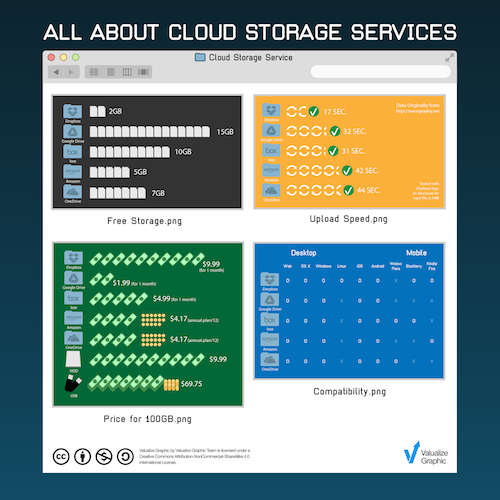Today’s Dropbox event in San Francisco had the theme , only to forget that quite often that .
I am not blown away by today’s announcements and actually see them as a way to catch up with the competition. Dropbox is painfully trying to build an ecosystem starting from a feature, rather than starting with a product. Today’s event is just proof of that.
It is evident that whatever Dropbox is trying to create is a poor attempt at achieving what Apple, Google and Microsoft have been developing for years.
Dropbox today announced , new features for Mailbox and new features for enterprise.
Carousel
It’s a from one single bucket hosted with Dropbox:
Carousel is a standalone app, powered by Dropbox, that aims to solve that problem. Houston said the company has been working on it for years.
Well, if this is the result of years of work then Dropbox investors should be worried, and I am not trying to sound sarcastic.
And unlike other mobile galleries, the size of your Carousel isn’t constrained by the space on your phone, which means you can finally have your entire life’s memories in one place.
Poor attempt to jab at Apple, if you ask me. Yes, is constrained by the storage of your device but if I were a company, I would not go there and fight with the big boys when promoting a new product that is far from being revolutionary.
Mailbox
It’s a nice app, but I cannot see how a OS X, iOS or Android user would ditch the stock email app for . Again, this seems to be just a way to create a poor ecosystem from products that have nothing in common and rely on hacks to work together (see the next section).
Mailbox still relies on your iCloud and Gmail email to host your email. At the end of the day it is still – albeit nicely executed – another email client.
Enterprise
Dropbox has announced:
- A functionality that allows personal and enterprise accounts to live side by side on the same device
- Remote wipe capabilities
- A collaboration tool called “Project Harmony”
Companies that are serious about giving their employees a dropbox have already chosen. They have either deployed SkyDrive Pro, Google Drive, Box or more likely developed their in-house solutions (ask around if you think I’m wrong). Dropbox (the product) is again catching up with the competition.
The collaboration tool, nicknamed that Dropbox announced relies, as Dropbox itself, on some hacks that allow Microsoft Office (that’s the only software supported so far), to notify users when two people are working on the same file.
How long is it going to take for Microsoft to render that unusable? How long till Apple or Microsoft itself implements a deeply integrated notification system of the same kind in their products?
My argument is not that that is not a good idea, but that neither Microsoft nor Apple have any intentions of letting Dropbox take control of their backyard. They will always find a way to make sure that Dropbox needs to catch up once again.
Conclusions
In today’s event, Dropbox has not answered two basic questions:
- How they are going to compete with the fact that the competition is lowering prices of cloud storage to an unsustainable level for their own business model (Google storage prices are about a fifth of Dropbox)
- How they are going to become independent from Amazon S3, which is still the backend that Dropbox runs on.
Dropbox is caught in a no man’s land that forces them to create an ecosystem without actually making any products, only exploiting commoditized features. Tough position to be in.
